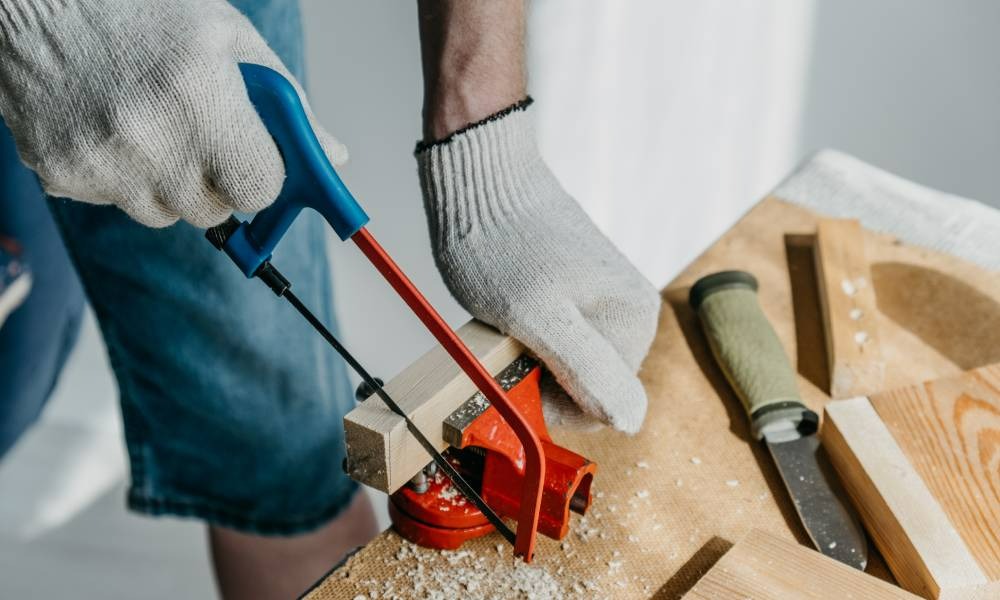
Importance of Using Cut Resistant Work Gloves
Cut-resistant work gloves are a type of personal protective equipment (PPE) designed to provide hand protection against various types of sharp objects, materials, and tools in occupational settings. They are particularly important in industries where workers are exposed to potential hazards that could cause cuts, lacerations, or punctures to the hands. These gloves are constructed using materials that have high resistance to cutting, such as high-performance fibres and coatings.
Key Features of Cut Resistant Work Gloves
Cut-resistant work gloves are specialized protective gear designed to shield hands from potential harm posed by sharp objects, tools, and materials in a variety of industries. Crafted from advanced materials like robust synthetic fibres (such as Kevlar and Dyneema), stainless steel, and composite yarns, these gloves provide a high degree of resistance against cuts and punctures.
These gloves are classified according to standardized cut resistance levels, which signify their capacity to withstand varying degrees of cutting force. Some gloves are coated on the palms or fingers with materials like latex or nitrile, enhancing grip, durability, and an added layer of safeguarding. While ensuring protection, these gloves are also engineered to maintain dexterity and comfort, enabling wearers to carry out tasks with precision.
The gloves are used in various applications in sectors such as construction, manufacturing, automotive, glass handling, metalworking, and woodworking. Regular inspection and replacement of worn or damaged gloves are essential for consistent effectiveness. Compliance with regional regulations and standards ensures that these gloves meet the required safety criteria, safeguarding workers against potential hand injuries arising from sharp hazards.
Why Is It Important to Use Cut Resistant Gloves?
Using cut-resistant gloves is crucial for protecting hands from cuts, lacerations, and punctures caused by sharp objects and materials in various industries. These gloves not only prevent debilitating injuries, preserving hand function and well-being, but also foster safety awareness, and enhance productivity.
By complying with regulations, employers not only avoid penalties but also show commitment to employee safety, boosting morale and loyalty. Additionally, cut-resistant gloves yield cost savings by reducing medical expenses and lost work hours, while their versatility across tasks and industries makes them an invaluable investment in maintaining a safer work environment overall.



